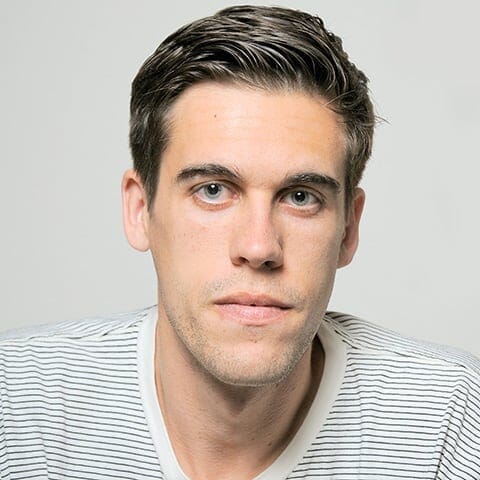 author
authorJacob Bronowski
Jacob Bronowski (18 January 1908 – 22 August 1974) was a Polish-British mathematician and philosopher. He was known to friends and professional colleagues alike by the nickname Bruno. He is best known for developing a humanistic approach to science and as the presenter and writer of the thirteen-part 1973 BBC television documentary series and accompanying book The Ascent of Man, which led to his regard as "one of the world's most celebrated intellectuals."
Bronowski's family moved from Congress, Poland to Germany and then to England while he was a child. He won a scholarship to study mathematics at the University of Cambridge. His interests have been described as ranging "widely, from biology to poetry and from chess to Humanism". He taught mathematics at the University College Hull between 1934 and 1942. During World War II, he led the field of operations research and worked to increase the effectiveness of Allied bombing.
After the war, he headed the projects division of UNESCO. Bronowski wrote poetry and had a deep affinity with William Blake. From 1950 to 1963, he worked for the National Coal Board in the UK. From 1963 he was a resident fellow of the Salk Institute for Biological Studies in San Diego until his death in 1974 in East Hampton, New York, just a year after the airing of his Ascent of Man.
Jacob Bronowski was born to a Polish-Jewish family in Łódź, Congress Poland, in 1908. His family moved to Germany during the First World War and to Britain in 1920, Bronowski's parents having been married in Britain in the London house of his maternal grandfather in 1907. Although according to Bronowski, he knew only two English words on arriving in Britain, he gained admission to the Central Foundation Boys' School in London. He went on to study at the University of Cambridge, where he graduated as a Senior Wrangler.
As a mathematics student at Jesus College, Cambridge, Bronowski co-edited—with William Empson—the literary periodical Experiment, which first appeared in 1928. Throughout his professional life, Bronowski would pursue this sort of dual activity in both the mathematical and literary worlds. He was also a strong chess player, earning a half-blue while at Cambridge and composing numerous chess problems for the British Chess Magazine between 1926 and 1970.
He received a Ph.D. in mathematics at Cambridge in 1935, writing a dissertation in algebraic geometry. For a time in the 1930s, he lived near Laura Riding and Robert Graves in Majorca. From 1934 to 1942, he taught mathematics at the University College of Hull. Beginning in this period, the British secret service MI5 placed him under surveillance, believing he was a security risk[why?], which may have restricted his access to senior posts in the UK.
During the Second World War, Bronowski worked in operations research for the UK's Ministry of Home Security, developing mathematical approaches to bombing strategy for RAF Bomber Command. At the end of the war, Bronowski was part of a British team of scientists and civil engineers that visited Japan to document the effects of the atomic bombings of Hiroshima and Nagasaki for the purpose of studying the effects of the atomic bomb and its implications for future UK civil defense.
Bronowski, in conjunction with Professor W. N. Thomas of Cardiff University, subsequently produced the secret Report of the British Mission to Japan: the Effects of the Atomic Bombs Dropped at Hiroshima and Nagasaki, which was passed to various governments departments and consulted in the design of future UK public buildings. It was simultaneously published in the US.
Following his experiences of the after-effects of the Nagasaki and Hiroshima bombings, he discontinued his work for British military research. He turned to biology, as did his friend Leo Szilard and many other physicists of that time, to better understand the nature of violence. Subsequently, Bronowski became Director of Research for the National Coal Board in the UK and an associate director of the Salk Institute from 1964.
In 1950, Bronowski was given the Taung Child's fossilized skull and asked to try, using his statistical skills, to combine a measure of the size of the skull's teeth with their shape in order to discriminate them from the teeth of apes. Work on this turned his interests toward the biology of humanity's intellectual products.
Best author’s book




















